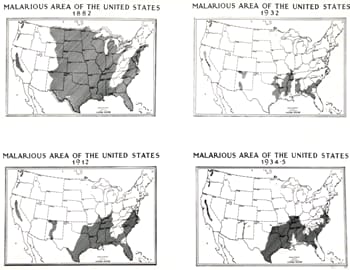So I've lost interest in my other two timelines, so what else to do but start a new one?
So, during the Anglo-French War of 1627-29, English privateer David Kirke captured the French colony of Québec. However, it just happened to be after the end of the war, so the colony was returned in the peace treaty. In this timeline, it is captured a year earlier, and Canada + Acadia are given to the English in the peace terms, thus driving the French from the North American mainland 140 years earlier than OTL. Now, France did win the war in Europe, so the French being driven from North America is somewhat unrealistic, but let's work with it. The English now had the colonies of Virginia, New England, Acadia and Canada, but the Deep South remained unsettled, so might the French colonize that? Would the French go for a more Asia-focused colonial strategy, colonizing South Africa in place of the Dutch? With more North American colonies, would the British have less colonies in India? I've gotta work it out, and I'd love suggestions for this upcoming TL. Hopefully I don't lose the motivation to do it like I did with the last two.
So, during the Anglo-French War of 1627-29, English privateer David Kirke captured the French colony of Québec. However, it just happened to be after the end of the war, so the colony was returned in the peace treaty. In this timeline, it is captured a year earlier, and Canada + Acadia are given to the English in the peace terms, thus driving the French from the North American mainland 140 years earlier than OTL. Now, France did win the war in Europe, so the French being driven from North America is somewhat unrealistic, but let's work with it. The English now had the colonies of Virginia, New England, Acadia and Canada, but the Deep South remained unsettled, so might the French colonize that? Would the French go for a more Asia-focused colonial strategy, colonizing South Africa in place of the Dutch? With more North American colonies, would the British have less colonies in India? I've gotta work it out, and I'd love suggestions for this upcoming TL. Hopefully I don't lose the motivation to do it like I did with the last two.
